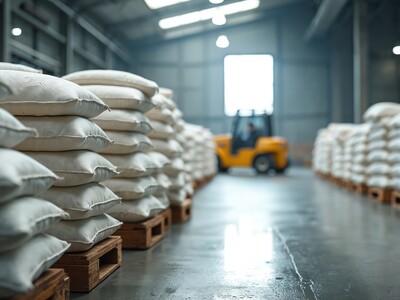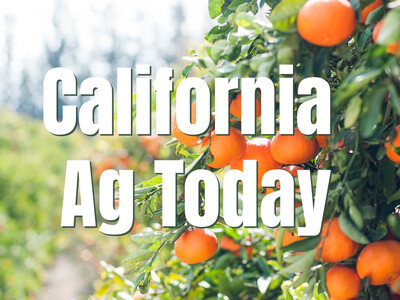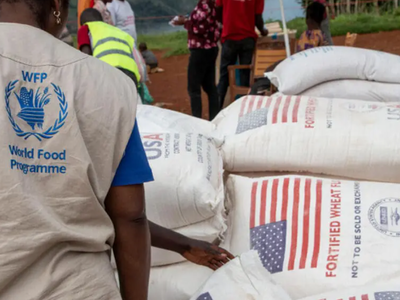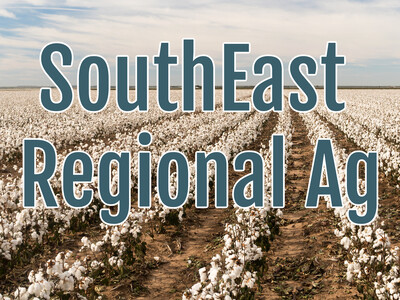Marketing Decisions
Market price trends and how to manage farm revenue is a big topic of conversation in farming. Mike Rusch of Total Farm Marketing by Stewart-Peterson says it goes hand in hand with managing risk.management.”“It's similar. When we talk about risk management, in our eyes, it's usually an opportunity and risk management, so, we put those two together, and that's farm revenue. One of the simple concepts we like to have producers look at that they often overlook is that when you're making decisions, and marketing is not just making one decision, it's making decisions that impact your farm revenue. So, keeping that end goal of farm revenue in mind as you're making decisions, and the impact those decisions have, is the key to balancing out that risk and opportunity management.”
Rusch talks about what producers should take into account when trying to manage their risk and opportunity.
“Obviously, looking at all the tools that are available for producers to make those decisions, the cash marketing tools they can use, and then also being open-minded to looking at those futures and options positions to create a balanced approach. In the presentation, I went over some of the market drivers which we're all familiar with, all the data points. The problem is too many guys get bogged down with just looking at data that they believe in or that confirms their personal bias, and sometimes overlook some of the changing trends, so we try to bring a lot of balance in looking at all the trends and looking at how that may impact a producer's overall revenue, which then drives the decision of how do I balance that out?”
Farmers have to keep track of a lot of trends and data when making decisions.
“There is, this is a global economy, as we all know, so, the supply-demand picture is much more delicate than it used to be. For example, coming into this year, we have more corn in the pipeline than we had last year, not by gobs, but more. But yet, the perceived demand we're seeing right now and perceived going forward is helping drive this market and keep prices where they're at, and that's important. We also have to be prepared for when that changes and how quickly the market can erode.”
When producers make marketing decisions, Rusch says it’s important to keep emotion out of the decision as much as possible.
“The thing is emotions are part of who we are. We can't just turn them off. Some studies show that every decision we make, even minor ones, has a degree of emotion involved in it. Good producers that are good marketers have learned to keep those emotions in the back seat when they're making decisions, and the only way to really do that is to make sure that math is driving the decision. Emotions will still be there but let the math and how that's affecting your farm revenue drive your decision of when to sell, how much to sell, and how to balance that out. If you're using math correctly, no, numbers don't lie. When you balance things out and run the numbers of where a cash sale decision will put your overall average price, the numbers are the numbers; that does help curb those emotions.”

















